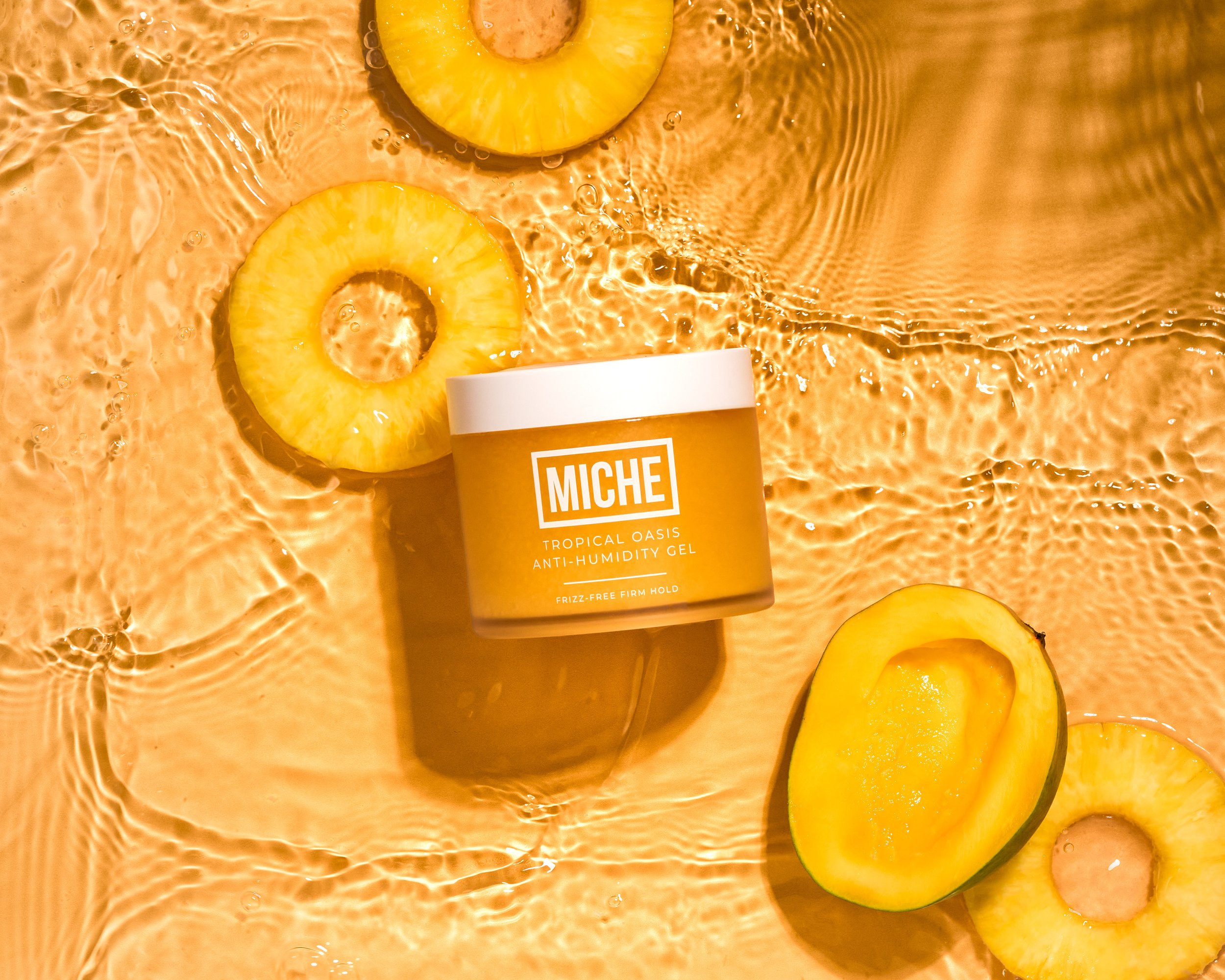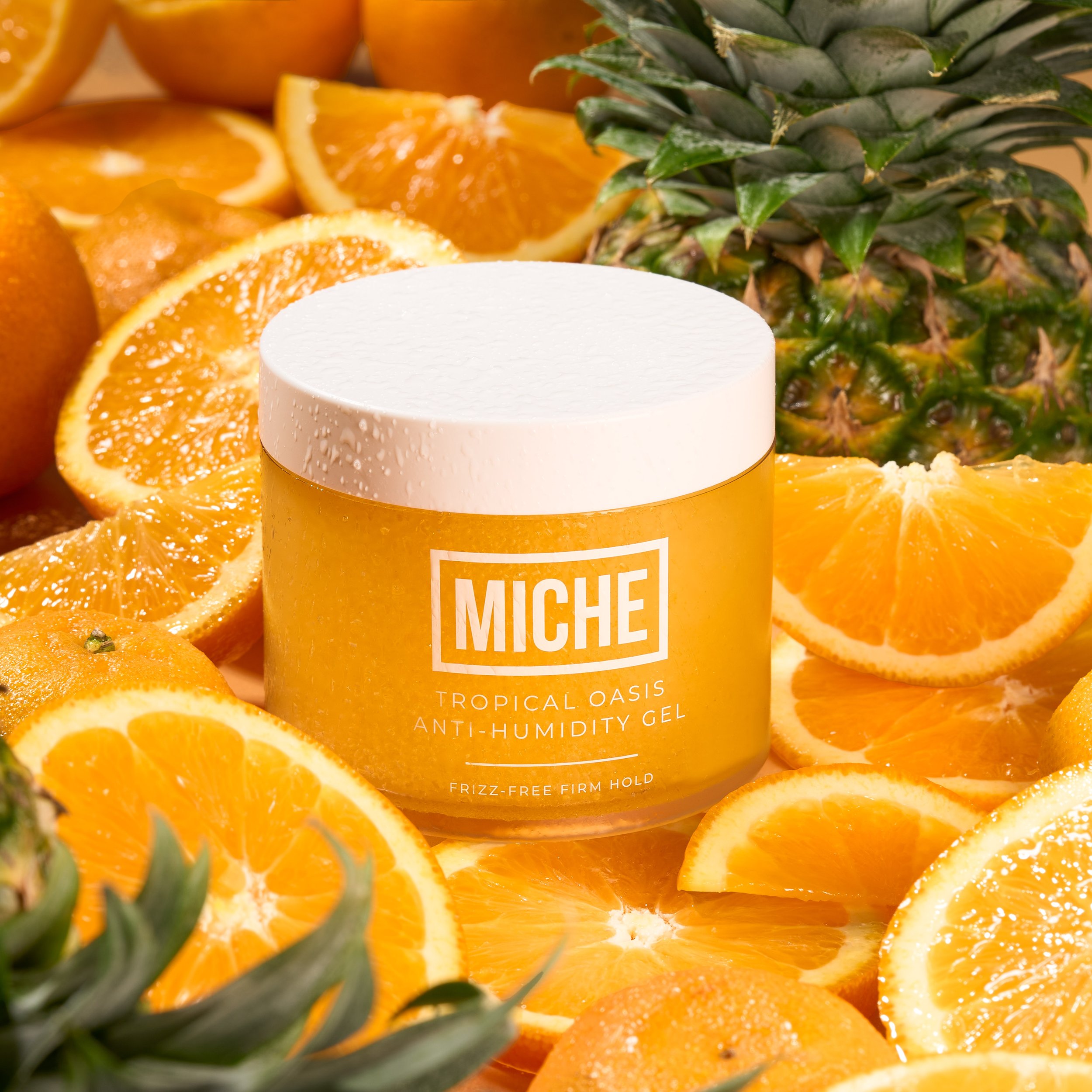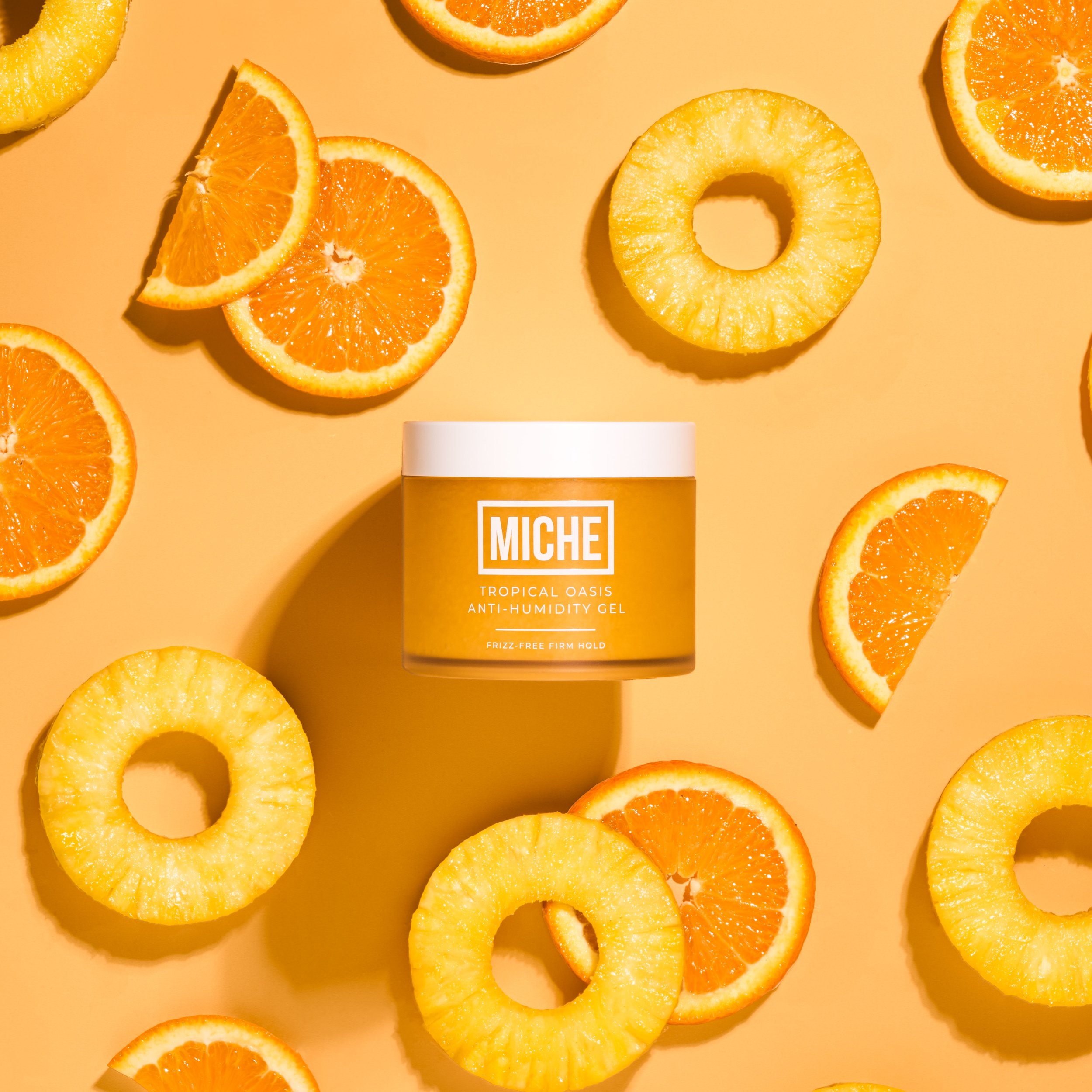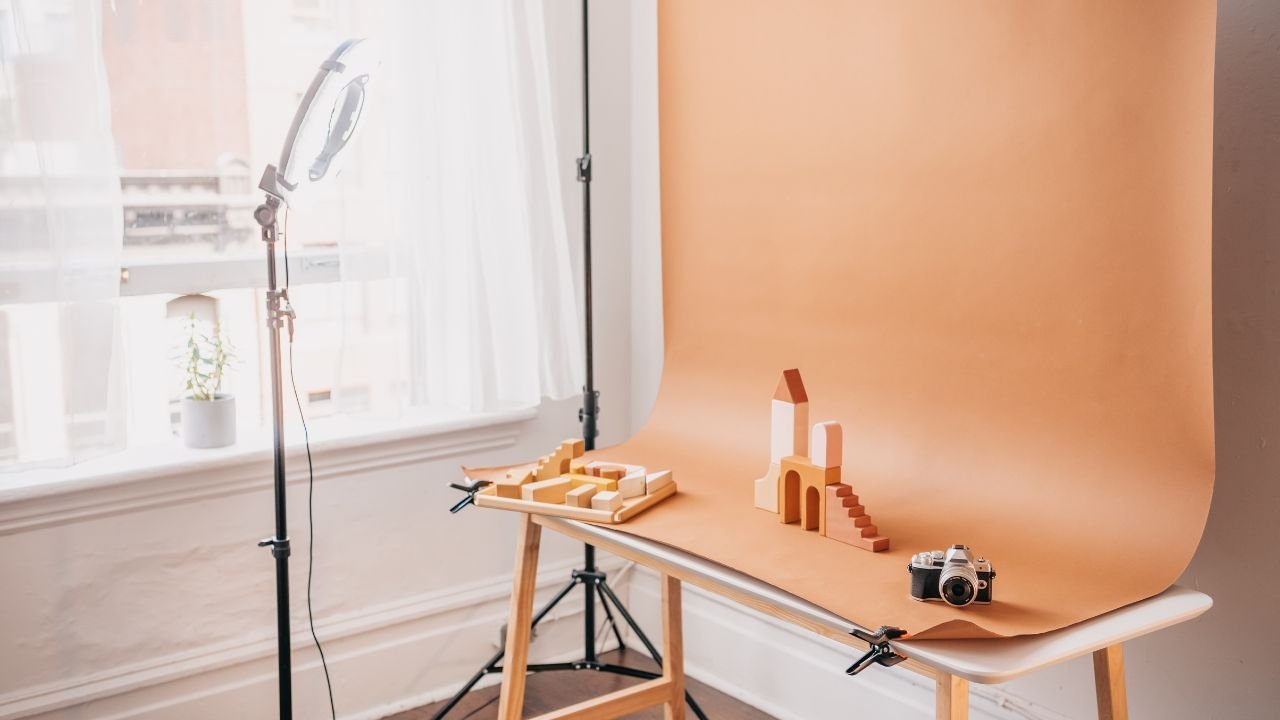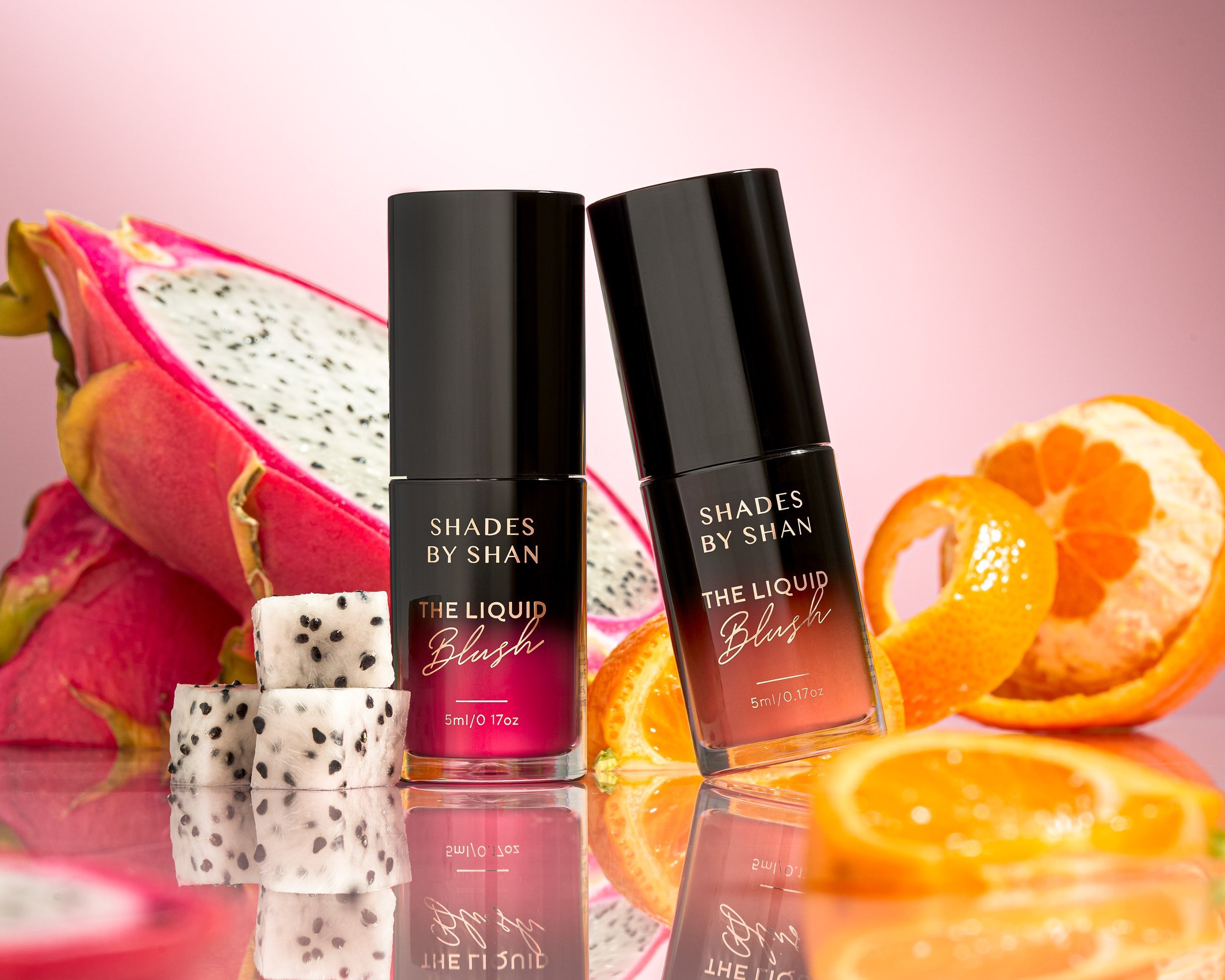5 Tips For Styling Fresh Fruit in Product Pictures (Make It Look Juicy!)
In this article, we'll explore everything you need to know about using fresh fruit in your studio images. Whether you’re reading this as a professional photographer, a brand, or a content creator, this page is jammed-pack with all sorts of gilded advice.
All images featured were created by Mainstream Multi-Media
1| Using Fruit to Trigger Emotions
Fruits have long been symbols of vitality, beauty, and freshness. Incorporating them into studio images not only adds an element of natural charm but also taps into these emotional associations. Each fruit has its own story to tell: the vitality of an apple, the exotic allure of a tropical mango, or the refreshing nature of a juicy citrus. By thoughtfully selecting the fruit that aligns with the narrative you want to portray, you create a visual language that speaks to the viewer.
Citrus Fruits (Oranges, Lemons, Limes): These fruits exude a refreshing and invigorating vibe. Their zesty and tangy aroma brings a sense of energy and awakening.
Berries (Strawberries, Blueberries, Raspberries): Berries are known for their elegance and sweetness. They evoke feelings of indulgence, youthfulness, and charm. Use them to capture a sense of luxury and the pleasure of self-care.
Tropical Fruits (Pineapples, Mangoes, Papayas): Tropical fruits transport us to exotic paradises. They radiate warmth, adventure, and a carefree spirit.
Related Article: Understanding Color Psychology in Product Photography
2| How To Keep Fruit Fresh
One of the biggest challenges with using fruit in your photography is keeping it looking fresh. Though fruits are juicy, they only look plump for so long. This means time is of the essence! The key is to have a game plan in place for prepping and shooting.
Do not pre-slice your fruit! Keep your fruit, unsliced, and in the fridge until you’re set is ready. Adding the fruit to your scene should be the last step before shooting. If you slice the fruit and leave it out for too long, it will dry out and then the edges will begin to turn brown.
Bonus Tips for Keeping Fruit Moist and Fresh
Spritz with Water
Method: Use a spray bottle filled with water to lightly mist the fruit right before taking the shot.
Tip: For an added touch, mix a small amount of glycerin with water to create droplets that stay longer.
Use Citrus Juice
Method: Brush or spray a bit of lemon or lime juice on the fruit to give it a glossy finish and prevent browning.
Tip: This works especially well for apples, pears, and bananas.
Ice Water Bath
Method: Keep the fruit in an ice water bath until just before you photograph it. Pat dry lightly to remove excess water but keep the fruit looking hydrated.
Tip: This method is great for berries and grapes.
Food-safe Oil
Method: Lightly brush the fruit with a food-safe oil (like vegetable or olive oil) to give it a shiny, moist appearance.
Tip: Use sparingly to avoid making the fruit look greasy.
Did you know? Apples cause other fruits and vegetables to ripen faster. Keep them in a separate place within your fridge, if possible!
Free Workshop
Learn how to style, light, & edit eye-catching images!
3| Balancing Focus in Your Shot
While fruit adds a juicy appeal, your product should always be the star. Achieving the right balance between the two is an art in itself.
The fruit may echo the product's benefits or serve as a symbol, but the spotlight must always return to the solution you're offering. Striking this balance ensures that the narrative remains cohesive and authentic.
4| Lighting Techniques
Side Lighting: Position your light source (like a softbox or window) to the side of your subject. This creates distinct shadows on one side of the fruit, which can emphasize its shape and texture.
Backlighting: Place the light behind the fruit to create a glowing effect around the edges. This technique can highlight textures and create a beautiful rim light, adding depth to the image.
5| The Color Theory
The Color theory is a framework used in art, photography, and other visual fields to create harmonious and effective color combinations. To be more specific, It is a set of principles and guidelines that explain how colors interact with each other and how they affect our emotions, perceptions, and interpretations.
Warm Colors (Red, Orange, Yellow):
Red: Represents passion, energy, and urgency. It grabs attention and stimulates appetite.
Orange: Radiates warmth, friendliness, and enthusiasm. It's vibrant and inviting.
Yellow: Conveys happiness, optimism, and cheerfulness. It's bright and uplifting.
Cool Colors (Green, Blue, Purple):
Green: Symbolizes freshness, nature, and tranquility. It's associated with health and vitality.
Blue: Evokes calmness, trust, and serenity. It's often used to create a sense of reliability.
Purple: Signifies luxury, creativity, and royalty. It adds a touch of elegance.
Emotions Awakened by Fruit Colors
Red Fruits (e.g., Strawberries, Apples):
Passion and Energy: Red fruits can evoke excitement and desire. They stand out and create a sense of urgency.
Orange Fruits (e.g., Oranges, Peaches):
Warmth and Friendliness: Orange fruits bring a feeling of warmth and approachability to your images.
Yellow Fruits (e.g., Bananas, Pineapples):
Happiness and Cheerfulness: Yellow fruits are uplifting and add a sense of joy to your visuals.
Green Fruits (e.g., Kiwi, Grapes):
Freshness and Nature: Green fruits symbolize freshness, health, and vitality, perfect for promoting a natural or organic vibe.
Blue and Purple Fruits (e.g., Blueberries, Plums):
Luxury and Creativity: Blue and purple fruits can add a touch of sophistication and creativity to your compositions.
FAQs
1. Why is storytelling important in product photography?
Storytelling adds depth and emotion to your image, making it more relatable and memorable.
2. How can I choose the right fruit for my product photography?
Consider the product's attributes and the symbolic associations of different fruits to find the perfect match.
3. Can I use artificial fruits for my photography?
Yes but, using real fruits have natural imperfections, textures, and details that are difficult to replicate in artificial fruit.
4. Can storytelling through fruit photography increase brand engagement?
Absolutely, engaging narratives make your content shareable and memorable, driving increased engagement and brand loyalty.




